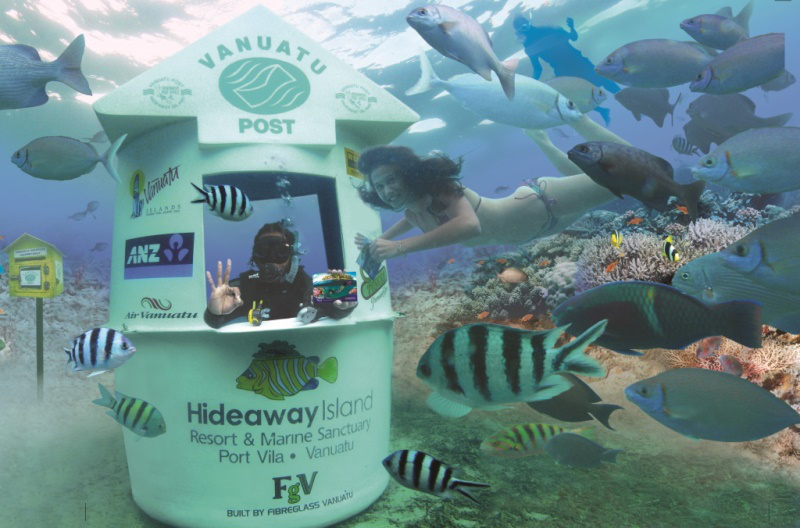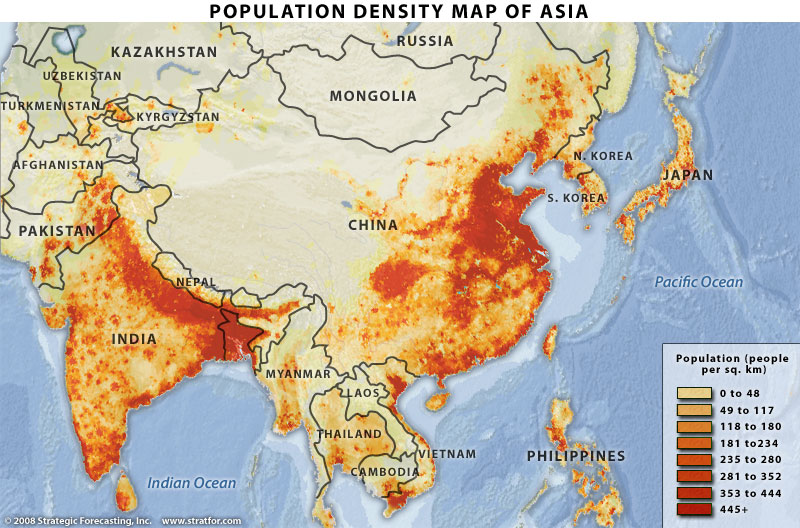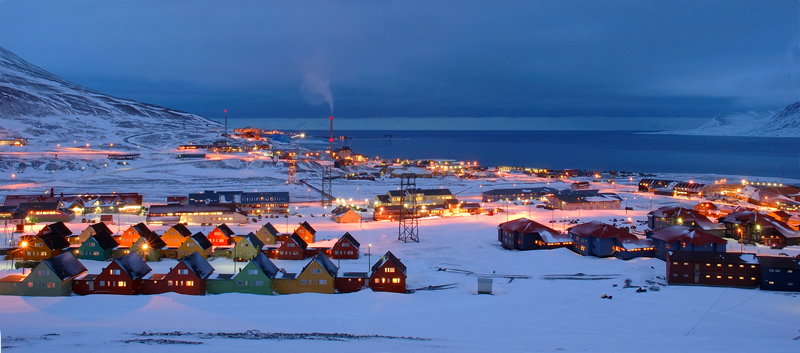How heat affects the kinetic energy of solids, liquids, and gases is a huge topic that has major effects on both the atmosphere and the oceans.
Three types of molecular motion (kinetic energy)
In molecules, kinetic energy and heat go together. If something is hotter, it is moving more. If it is cooler it is moving less. But "moving" here takes several different forms, three subtypes:
-
vibrational
-rotational (spinning around on axes)
-translational (moving freely in space from place to place)
The diagram below shows these three and goes into even further subtypes of vibration and rotation, but we'll leave those aside for now.

Molecular
vibration occurs in all three phases: solids, liquids, and gases. So when you add heat, molecules vibrate faster in all three phases.
But solids are unique in that vibration is the only type of molecular motion they engage in out of the three mentioned above. Molecular bonds in solids, which create the "stickiness" of molecules to each other, prevent molecules from rotating and translating (moving around place to place). They are stuck together tightly and densely in an ordered system, and all they can do is vibrate.
Liquids and gases are a different story: they engage in
all three types of motion: vibration, rotation, and translation. In liquids and gases, rotation and translation are strong enough to overcome the stickiness of molecular bonds.
The
molecular bonds in liquids are strong enough to keep molecules stuck together in a cohesive form, yet the forces of rotation and translation are strong enough to make water slide and slosh around.
Molecular bonds in gases, however, are neglible because the molecules are flying around so fast and colliding multiple times per second.
Why liquids heat and cool much slower than solids
Liquids change temperature much slower than solids. But why? In Geography, it's an important question. For example, oceans change temperature much slower than land, which leads to the Maritime and Continental effects: ocean air gives coastal regions more moderate temperatures than those inland.
The reason liquids heat and cool slower than solids is rooted in the fact mentioned above, that liquids engage in all three types of molecular motion whereas solids engage in only vibration. Water molecules spin around (rotate) and move from place to place (translate) as they slosh past each other and move in currents, vibrating as well all the while.
So when heat energy is
added to liquids, it converts into three different types of motion--vibration, rotation, and translation--whereas heat added to solids converts into only one, vibration. So since heat is lost through motion, and since liquids have three ways of moving whereas solids just one, liquids use up added heat much faster than solids, keeping them cooler.
But on the flip side, liquids also stay
warmer than solids when heat is
subtracted. This is because liquids have much more
molecular inertia than solids, which is harder to slow down
. Again, liquids are engaged in three types of molecular motion, whereas solids can only vibrate. So the molecules in liquids tend to retain their motion more than solids, which means staying warmer than solids when outside temperatures drop.
Special properties of water
Water has special properties not common to all liquids. Being clear, it allows solar radiation pass through the ocean surface as light and also as heat through convection. This allows the oceans to absorb
much more heat than land and down to a much deeper level.
Heating up water causes the hydrogen bond in H
2O to break more, which then allows more rotation and translation.
In addition, water has a high specific heat, even compared to other liquids. For example, the specific heat of water is just over 4 J/g
oC, whereas the specific heat of vegetable oil is half that 2 J/g
oC.
Specific heat is the amount of heat needed to raise a substance one degree Celsius.
Molecular motion cause oceans to swell, sea level to rise
As you can see in the diagram above, when molecules vibrate they stretch and bend their bonds, occupying additional space. Also, when they rotate and translate more, sliding and sloshing past each other, it opens up tiny spaces.
What does this have to do with the environment? There are all kinds of connections. For example, today predictions of
sea level rise are all over the news. Although melting of ice cap glaciers is the main cause people talk about, another cause is the swelling of ocean water as it gets warmer with global warming. Adding heat increases the vibration, rotation, and translation of water molecules, all of which make liquids less dense i.e. expand. So by adding heat, ocean swell and take up more space, which raises sea levels--even without adding any new water molecules.
In particular, because the sun's heat falls most in the tropics, tropical oceans are projected to swell much more than midlatitude and polar oceans.
Vibration makes water blue
When water molecules vibrate, they "push against their neighbors," and selectively absorb "a small amount of red light, leaving... more blue light to scatter back to our eyes." (Hughes)
According Braun and Smirnoff (1993), this cause behind color is unique in nature:
"To our knowledge the intrinsic blueness of water is the only example from nature in which color originates from vibrational transitions."
Braun and Smirnoff.
Why is water blue? Journal of Chemical Education. Vol 70 #8 August 1993
http://www.dartmouth.edu/~etrnsfer/water.htm
Hughes, Richard.
Oceans 101. Crafton Hills College - Chapter 6: Structure
http://www.craftonhills.edu/~/media/Files/SBCCD/CHC/Faculty%20and%20Staff/Personal%20Pages/rihughes/Ocean-101/C6-Structure.pdf






